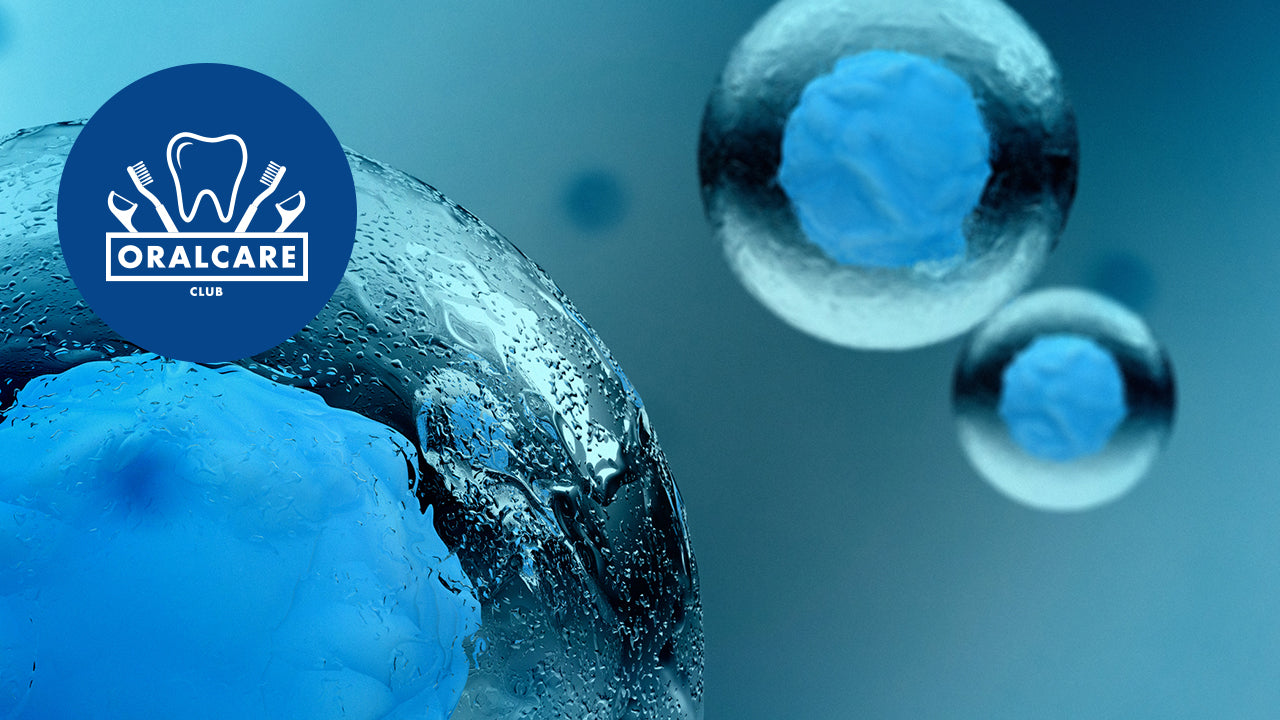TMJ and Dentistry
Doctor Ellis here for Oral Care Club, discussing TMJ. You hear that a lot, people talking about dentistry, but nobody really seems to know exactly what it is or what's going on, so we're gonna take a little bit of the mystery out of TMJ today. When somebody says they have TMJ, oh they put their hand on the side of their face and say I have TMJ. Well, that's kind of used incorrectly. The letters T, M, J, stand for: temporal mandibular joint, so to say you have TMJ is true, but it doesn't necessarily specify whether it's good or bad, that's kind of like saying I have a knee. That doesn't tell you whether it's a good or bad one, it just says I have a knee, so for somebody to say I have TMJ, they are correct, everybody has TMJ. To say you have TMJ disorder, that lets people know what's going on and that's very different than just saying I have TMJ. So, let's go over this real briefly.
The temporal mandibular joint sits right in front of the ear, this would be your ear, if you put your fingers on the side of your face right in front of your ear and open and close you'll feel this joint moving right here. It's just like any other joint like I discussed earlier there's a bone at the top, there's a bone at the bottom and there's a disc in the middle. Most every joint is organized that same way, there's a piece of bone on one side, there's a piece of bone on the other side to prevent them from rubbing bone on bone, there's some kind of cushioning mechanism in between, whether that's a disc, whether that's cartilage, whether that's fluids, whether that's a combination of all of the above. So, the temporal mandibular joint is just like any other joint in the body in the fact that it has the same basic construction.
What makes the TMJ so different from every other joint in the body, however, is the fact that one of the joints can not be activated without the other joint. And that is something completely different throughout the entire body. You can operate one knee without the other knee, one elbow without the other elbow, one ankle without the other ankle and so on and so forth. This is the only joint system in the entire body that you cannot operate one side without the other, it's connected by this hard piece of bone across the mid line where none of the other joints are connected with a solid piece of bone. So, that leads to some of the TMJ disorders.
What happens is you can get a rocking effect. The TMJ joint opens and closes and the teeth are supposed to touch all at one time and you remain fairly stable. If you have malocclusion, meaning that all of those teeth don't touch at the same time if you have your teeth and they touch, and one side touches and the other side still won't open, and then you press to close the other side you can rock the joint. And that rocking over time is what can wear down the joint and give you pain. Also if you chew predominantly on one side, so you go to close and you're chewing and your food over here, while this side it doesn't have any food is going to continue to over close just a little bit. So, working in concert is what makes the TMJ painful and pop and crackle and all kind of descriptions that we've heard. To avoid, in an attempt to avoid some of these you would treat this joint just like any other joint. If your knee is having difficulty, well then don't jump off ledges, don't jump on a trampoline, don't become a marathon runner. Make sure that you understand that you need to limit your activity a little bit. Same thing with the joint.
Do not chew gum, do not crunch on ice all the time, do not be a beef jerky chewer, anything that requires a lot of chewing, or that is continuous and repetitive. Gum, for a TMJ disorder person, is the worst thing you can do. So minimize the amount of stress you put on your joint. Also, you can do the same things that you do for other joints, you can take anti-inflammatories, you can use ice, you can use heat, you can treat it just like any other joint. If you have a flare up, then go to liquids for maybe a meal or two and don't use the joint. So just like if you sprained an ankle, you would minimize the usage and maybe put it up for a while, you'd stay off of it, well, it's tough to stay off of this joint because you have to use it to eat but if you use liquids, then maybe you can get a little better. Now, just like any other joint, this joint can become injured.
Ligaments can tear, discs can rupture, fluid can drain, so on and so forth. The bones on either side can become misshaped and they can grind awkwardly. So in that instance, you would need to get to an oral surgeon to have him take some pictures and look at the joint. But first and foremost, understand that this is TMJ, is what it says, it's just a joint. It needs to be treated like any other joint in the body. You need to make sure, biting on both sides, stop chewing on the gum, anti-inflammatories, you can do some massage, you can do heat, you can do ice, treat it like any other joint. If that doesn't work, get in to see an oral surgeon. So, hopefully, that takes a little bit of mystery out of the temporal mandibular joint, or TMJ.

